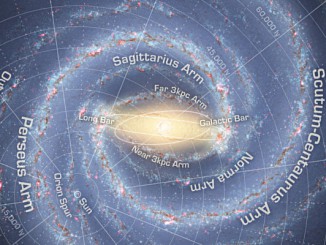
Month: June 2015


Volcanic outgassing to aid in the search for life on other planets
Finding ways to confirm life on planets outside of our Solar System is often at the forefront of exoplanet research. Now a team of graduate students at the University of Washington (UW) have found a way to aid this search by proposing that future telescopes should look for explosive volcanic activity as a potential marker for life on other worlds.

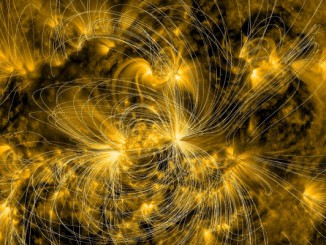
New model could track solar storms 24 hours before reaching Earth
Our Sun is a volatile star, producing giant clouds of solar particles called coronal mass ejections. Now scientists may finally have a tool to predict the magnetic configuration of a CME from afar, enabling forecasters to give utility grid and satellite operators a day’s advance warning to protect their systems.
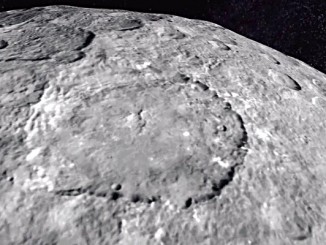
Fly over Ceres in a new video
A new animated video of dwarf planet Ceres, based on images taken from NASA’s Dawn spacecraft’s first mapping orbit at an altitude of 8,400 miles (13,600 kilometres), as well as the most recent navigational images taken from 3,200 miles (5,100 kilometres), provides a unique perspective of this heavily cratered, mysterious world.
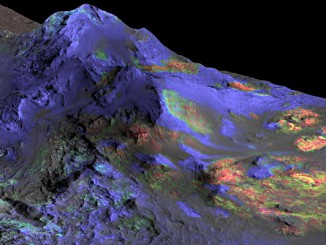
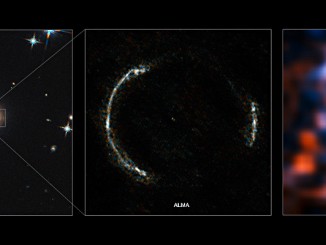
ALMA’s detailed view of star formation in the distant universe
The Atacama Large Millimetre/submillimetre Array has produced a spectacularly detailed image of a distant galaxy known as SDP.81 that is being gravitationally lensed. The image shows a magnified view of the galaxy’s star-forming regions, the likes of which have never been seen before at this level of detail in a galaxy so remote.


Celebrating Hubble: The cosmic sombrero
Regarded as one of the most majestic of all of the galaxies in the Universe is the Sombrero, 28 million light years away in the constellation Virgo. This spiral galaxy’s notable features are its thick, torus-like disc with a dark, duty rim and the intense, bulbous, white glow that emanates from its core.
